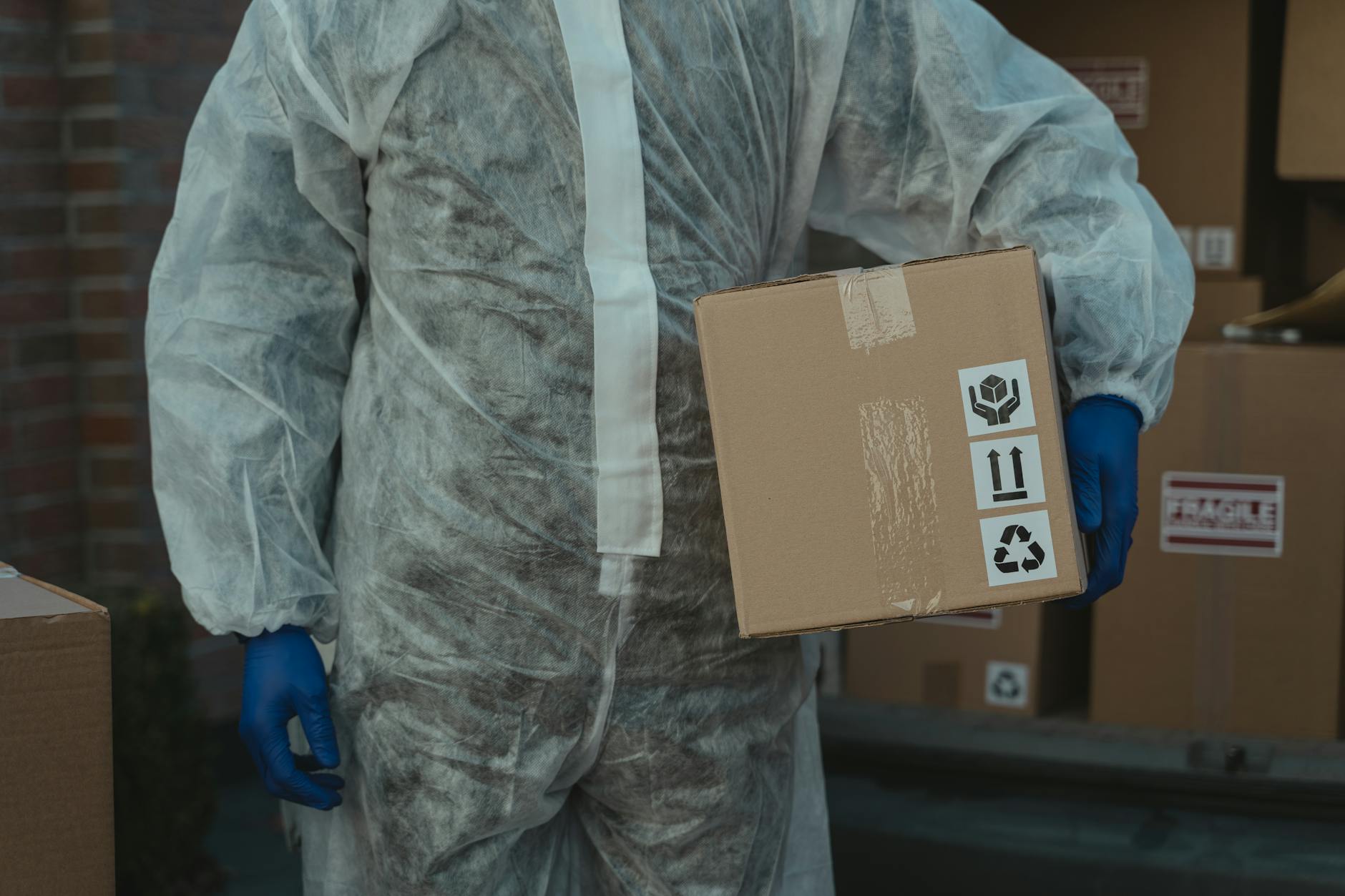- Understanding Soft Robotics
- Applications in Handling Fragile Goods
- Advantages of Soft Robotics
- Future Trends and Developments
- Conclusion
Soft Robotics: Safely Handling Fragile Goods with Ease
In today’s rapidly evolving world of logistics and manufacturing, the need for efficient, safe, and gentle handling of fragile goods has become increasingly vital. Traditional rigid robotic systems, while highly effective for many tasks, often lack the delicacy required to handle delicate items without causing damage. This is where soft robotics comes into play, offering innovative solutions that allow for the seamless and gentle manipulation of fragile objects. Let’s delve into the world of soft robotics and explore how it is revolutionizing the way fragile goods are handled in various industries.
Understanding Soft Robotics
Soft robotics is a branch of robotics that utilizes compliant materials, such as elastomers and polymers, to create robots with deformable bodies. These robots are designed to mimic the flexibility and dexterity of natural organisms, enabling them to interact with their environment in a more adaptive and gentle manner. Unlike traditional rigid robots, soft robots can deform and conform to the shape of the objects they are manipulating, making them ideal for handling fragile items without causing any damage.
Applications in Handling Fragile Goods
Soft robotics has found a myriad of applications in handling fragile goods across different industries. In the field of logistics and warehousing, soft robotic grippers are being increasingly used to pick and pack fragile items such as electronics, glassware, and medical devices. These grippers can adjust their shape and stiffness to securely hold objects of varying sizes and shapes, reducing the risk of breakage during handling and transportation.
Advantages of Soft Robotics
One of the key advantages of soft robotics in handling fragile goods is its ability to provide a more human-like touch and sensitivity. Traditional rigid robots lack the finesse and adaptability required to handle delicate items, often leading to damaged goods and increased costs. Soft robots, on the other hand, can apply gentle pressure and adjust their grip in real-time, ensuring that fragile objects are handled with the utmost care and precision.
Soft robotics also offers enhanced safety features, making it ideal for working alongside humans in collaborative environments. The compliant nature of soft robots reduces the risk of injury to human operators, making them well-suited for tasks that require close interaction between robots and humans. Additionally, the lightweight and flexible design of soft robots allows for easy integration into existing workflows, making them a versatile solution for a wide range of applications.
Future Trends and Developments
As technology continues to advance, the future of soft robotics in handling fragile goods looks promising. Researchers and engineers are exploring new materials and fabrication techniques to enhance the capabilities of soft robots further. From self-healing materials to advanced sensing and control systems, the possibilities for innovation in soft robotics are endless.
One exciting trend in soft robotics is the integration of artificial intelligence and machine learning algorithms to improve the autonomy and decision-making capabilities of soft robots. By learning from past interactions and adapting to new situations, soft robots can become more adept at handling fragile goods with precision and efficiency.
Conclusion
Soft robotics is revolutionizing the way fragile goods are handled, offering a compelling alternative to traditional robotic systems. With their gentle touch, adaptability, and safety features, soft robots are paving the way for a more efficient and sustainable approach to handling delicate items across industries. As technology continues to evolve, we can expect soft robotics to play an increasingly significant role in ensuring the safe and secure transportation of fragile goods in the years to come.


